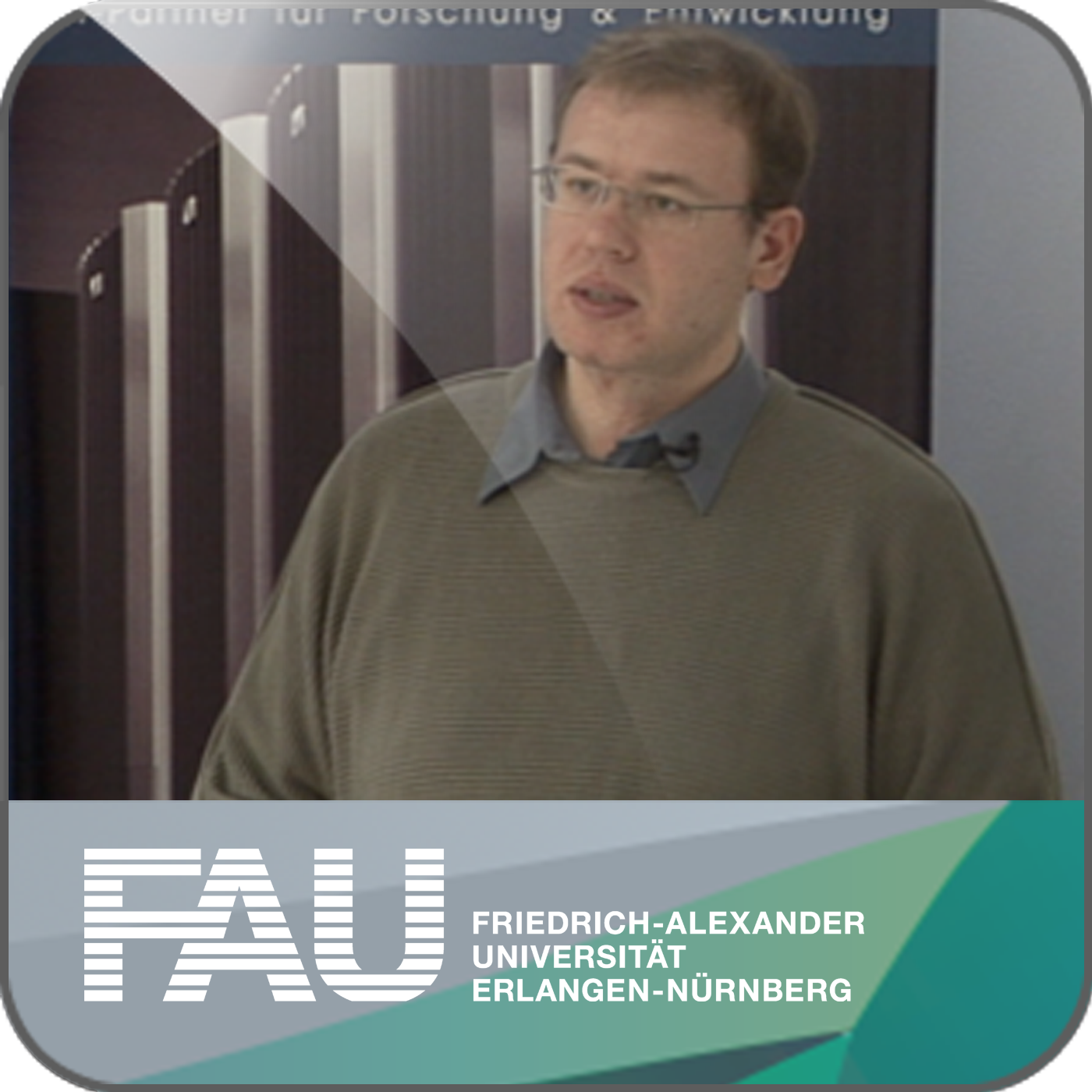Presenters
Zugänglich über
Nur für Portal
Gesperrt clipDauer
00:38:46 Min
Aufnahmedatum
2021-06-30
Hochgeladen am
2021-06-30 18:27:33
Sprache
en-US
The hippocampal-entorhinal system is important for spatial and relational memory tasks. We formally link these domains, provide a mechanistic understanding of the hippocampal role in generalization, and offer unifying principles underlying many entorhinal and hippocampal cell types. We propose medial entorhinal cells form a basis describing structural knowledge, and hippocampal cells link this basis with sensory representations. Adopting these principles, we introduce the Tolman-Eichenbaum machine (TEM). After learning, TEM entorhinal cells display diverse properties resembling apparently bespoke spatial responses, such as grid, band, border, and object-vector cells. TEM hippocampal cells include place and landmark cells that remap between environments. Crucially, TEM also aligns with empirically recorded representations in complex non-spatial tasks. TEM also generates predictions that hippocampal remapping is not random as previously believed; rather, structural knowledge is preserved across environments. We confirm this structural transfer over remapping in simultaneously recorded place and grid cells.
Paper: https://www.sciencedirect.com/science/article/pii/S009286742031388X

